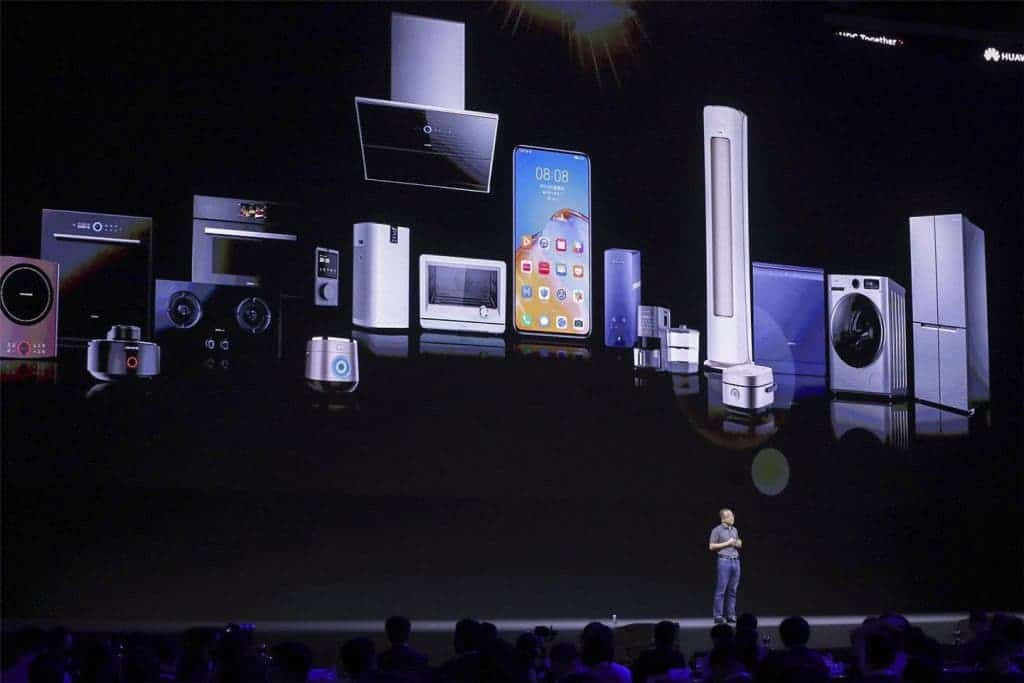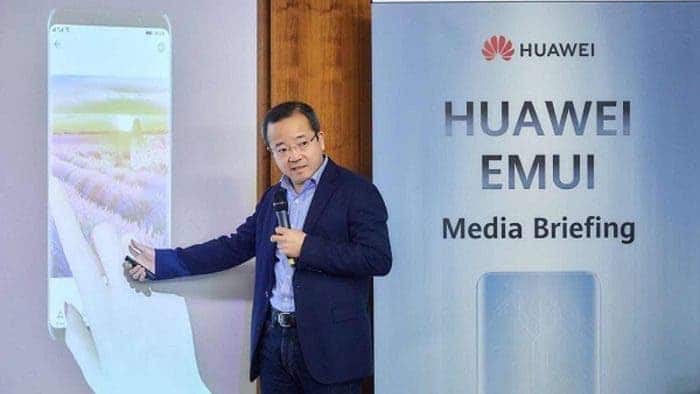Yesterday, the Huawei Developer Conference 2020 was held in Songshan Lake, Dongguan. Hongmeng OS 2.0 as well as its open-source code for developers was officially released. After the meeting, Wang Chenglu, president of Huawei’s software department, said in an interview with the media that he is very confident in this system. “If Chinese developers and Huawei have successfully built the HarmonyOS ecosystem together, the next 20 years of the mobile industry must belong to China. We have a great opportunity to surpass the mobile phone-based ecosystem built in the communications industry today. Very huge prospects”.

According to reports, Huawei EMUI 11 will deeply integrate with HarmonyOS. This is the first EMUI system to have such integration. Wang Chenglu claims that upgrading Android’s EMUI with the HarmonyOS system is seamless without so many difficulties. “We hope the real HarmonyOS system will definitely bring a different experience to consumers. This is meaningful for us.”
Wang Chenglu on the HarmonyOS
Wang Chenglu said that in the Hongmeng system, it does not see scattered or isolated devices, but different hardware modules. Also, the core point of Hongmeng in the technical field is to abstract the hardware modules into the underlying software drivers.
“It is equivalent to the Windows computers that everyone uses. Many manufacturers produce printers. It has no technical interaction with Microsoft. It just needs to drive according to Microsoft’s driver architecture protocol. The principle here is also the same as ours. We abstract 15 types of modules. It is a low-level driver, so the system does not seem to be an isolated device. For example, if the mobile phone and microphone connect through the HarmonyOS system, the system recognizes the microphone as a module…The essence is that there are different modules that the mobile phone can call at any time. This fo us is the biggest difference in the system…
Wang Chenglu further said: “For consumers, there are two ways to use the newly-connected hardware resources. The first is that you can choose it yourself. For example, when we select the front and rear cameras on our mobile phones, you can switch over with one click. The second is that the system will remind you to use the most suitable equipment. This suggestion is based on this application scenario. The system will automatically schedule the recommended modules”





